This is the winning essay for cohort 1, week 1, of the The Network State Creators
What comes to mind when we think of luck? Perhaps a game of dice at the casino, a chance meeting on the subway, or a come-from-behind win by our favorite sports team.
For the mathematically inclined, luck might be explained with statistical formulas. For those with a more poetic bent, luck is something ephemeral, to be expressed in terms of serendipity and synchronicity.
We've all had the experience of something "lucky" or "unlucky" happening to us — is it possible to increase our "good" luck and decrease our "bad" luck? Are some folks just "luckier" than others?
A fascinating model of luck was proposed in 2010, called the luck surface area. In this essay, I propose a revision to the model along with some practical takeaways.
Let's first understand the model as it was originally proposed.
What is luck?
The concept of luck has fascinated thinkers for millennia. The Roman philosopher and statesman Seneca said, "Luck is where preparation meets opportunity." A popular 19th century yeoman aphorism goes, "The harder I work, the luckier I get." And of course, Obi-Wan Kenobi famously quipped, "In my experience, there's no such thing as luck."
In 2010, software engineer Jason C. Roberts wrote the instant classic, How to Increase Your Luck Surface Area. He explains,
Jason goes on to formalize the concept with the equation L = D * T, where L is luck, D is doing, and T is telling. We'll graph Telling on the x-axis and Doing on the y-axis. Assume that our units are a standard measurement of work, time, or energy.
Let's look at some examples.
"All Talk" — Telling = 10, Doing = 1, Total Luck = 10
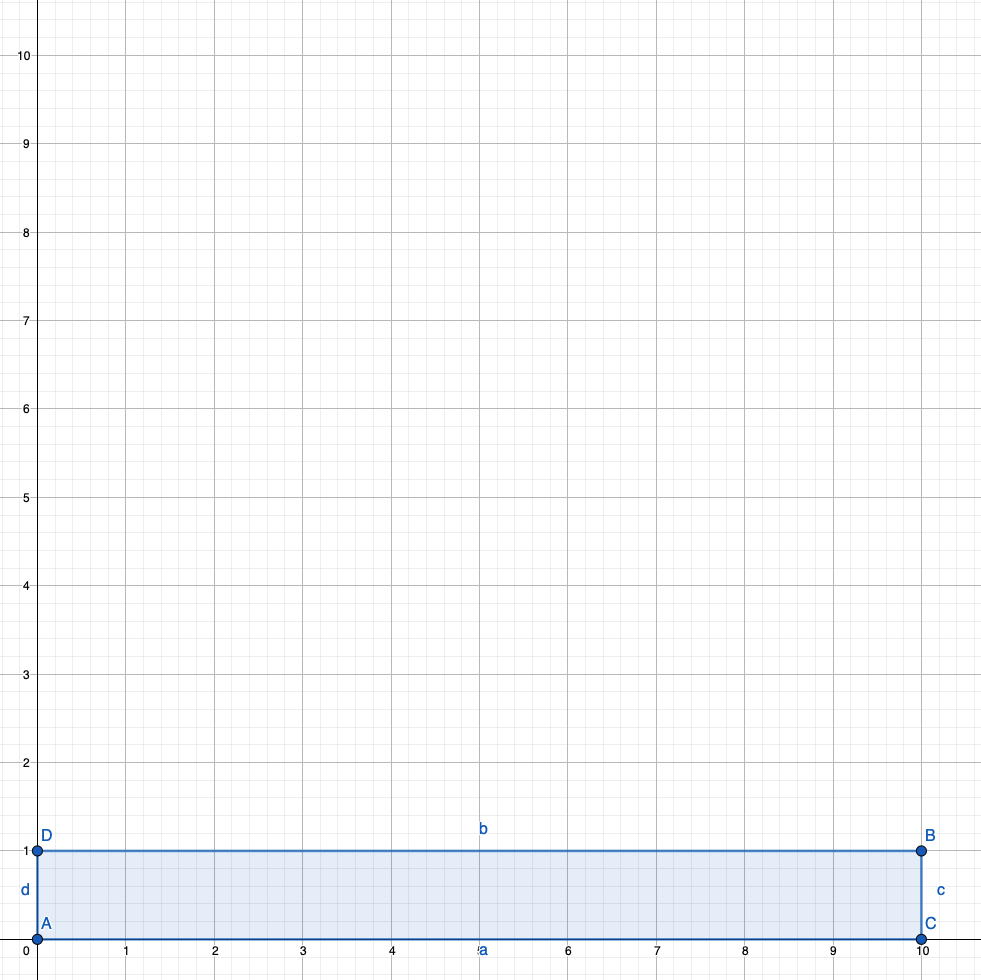
We all know someone like this. All talk, no action. They might inspire us momentarily with their rah-rah speech, but ultimately they don't make a contribution because they never actually produce.
"Never Shares" — Telling = 1, Doing = 10, Total Luck = 10
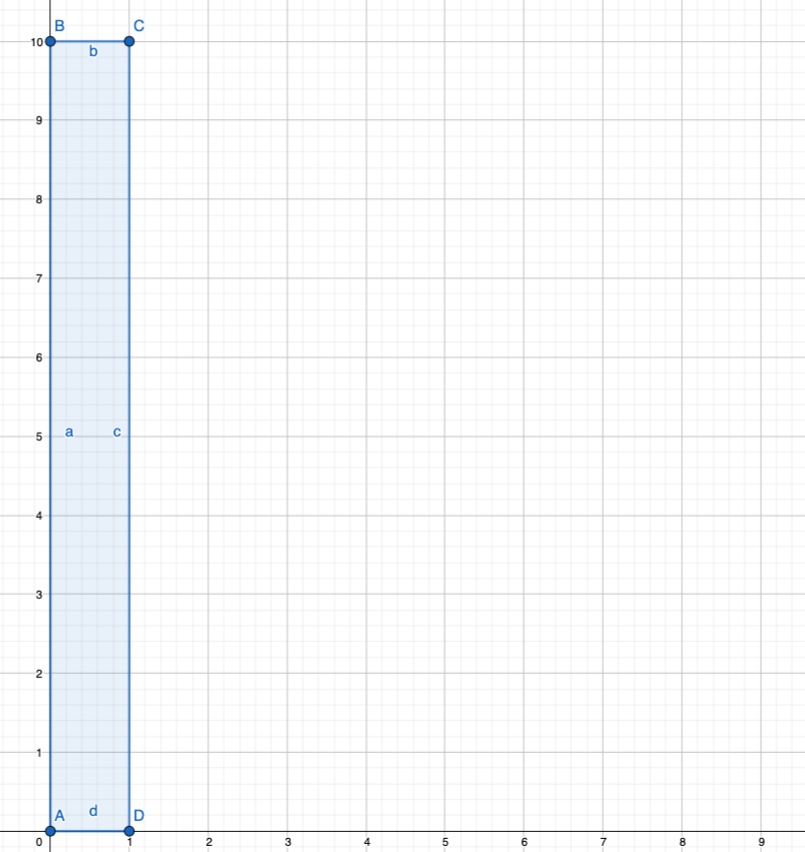
Here is extremism on the other dimension — the creator who never shares their work. It might be great, it might not be. They'll never know, because they never ship their creations and so they never make a change in the world.
"Balanced" — Telling = 9, Doing = 8, Total Luck = 72
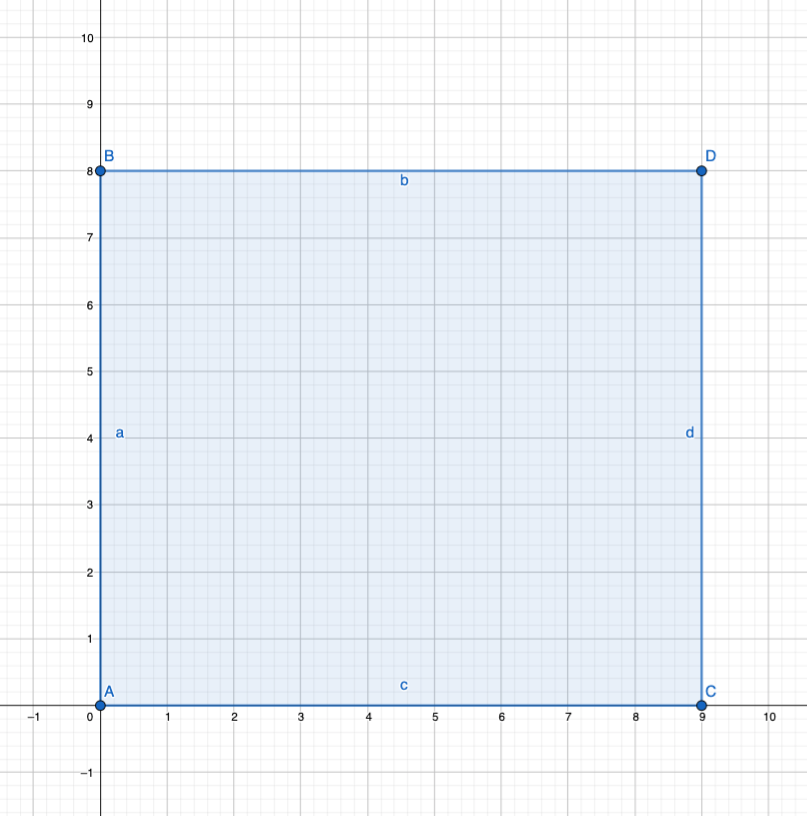
This is what Jason described as the optimal balance — just a little more telling than doing, but lots of both. Here the creator is investing their time in both producing creative work and shipping it to the world. They're exposing themselves to quite a bit more luck than the previous two examples. 7.2x more in fact!
The Missing Dimension
I was very inspired by Jason's concept. It has been a super helpful mental model, keeping me honest to both produce and ship creative work. But I believe there is a missing dimension, one that gives literal and figurative depth to the work we produce — practice.
Let's define a concept from the world of cognitive science, deliberate practice. This is a specific type of practice, pioneered by researcher Anders Ericsson and popularized in numerous pop science books like Outliers, The Talent Code, Talent is Overrated, Grit, Deep Work, and others. But deliberate practice is often oversimplified and misunderstood.
It is characterized by the following traits: (3)
- Develops skills in a well-defined domain, guided by an expert teacher or coach (4)
- Takes place outside the student's comfort zone, requiring them to constantly try things just beyond their current abilities
- Demands near-maximal effort, which is generally not enjoyable in the moment
- Involves specific and measurable goals to improve a target area of performance, with the instructor developing a plan to make a series of small changes that add up to a larger desired change
- Requires a person's full attention and conscious action — it isn't enough to simply follow along with a teacher's or coach's directions
- Hinges on building effective mental representations, which experts use to monitor their actions and results, during both practice and performance, in order to notice and correct when things go off-track
Examples of Deliberate Practice
- Sports — a quarterback practices bringing the football from the carriage to loaded position to improve their throwing mechanics
- Music — a composer solves harmony problems to improve their part writing and voice leading
- Academics — a math major solves mathematical proofs to improve their formal logic and exposition skills
- Software — a developer solves coding koans to improve their understanding of a programming language's constructs
In all of these examples, envision the practitioner using Ericsson's "3 Fs" — focus, feedback, fix it. First they focus on practicing a specific skill, then they receive feedback on what they did well and what needs improving, and finally they fix these problem areas. And the cycle continues...
By explicitly carving out time for deliberate practice, we improve our overall skillset and increase our capacity to ship creative work far beyond our previous limits.
Revising the Model
With this level-set on deliberate practice, let's return to our luck surface area model. Updated with a 3rd dimension of practice, this creates our luck volume.
"No Depth" — Telling = 9, Doing = 8, Practicing = 1, Total Luck = 72
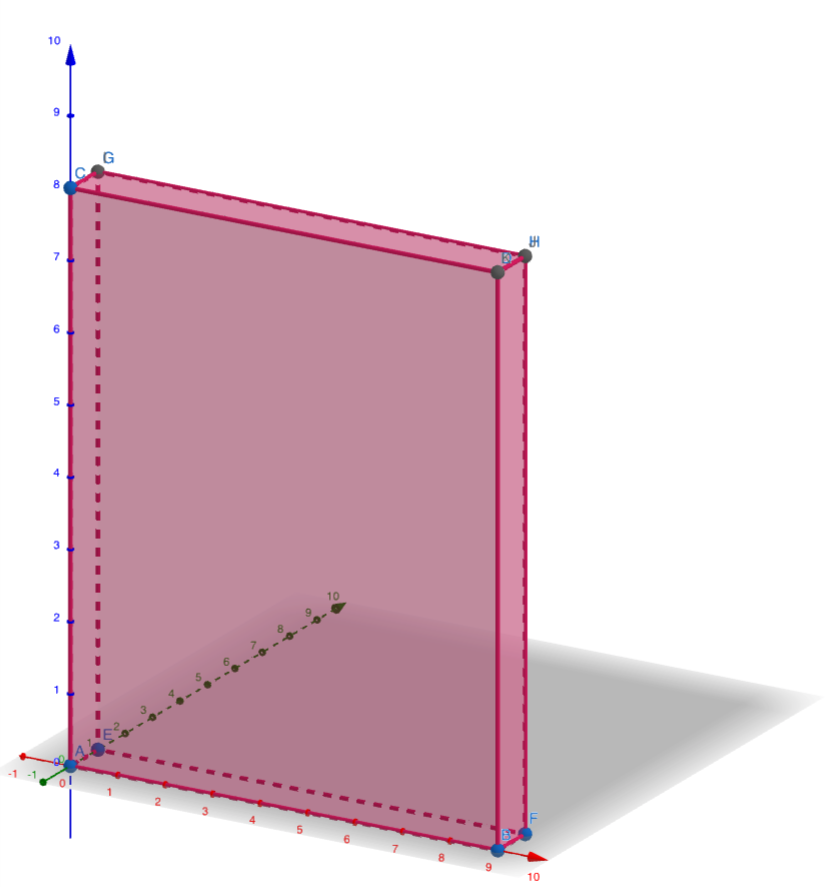
Here is someone who for all their doing and telling, just isn't producing very compelling work. It lacks depth and meaning. As a layperson to their domain, we might not be able to articulate why, but an expert will easily identify blind spots and gaps in their work.
"The Perennial Student" — Telling = 4, Doing = 1, Practicing = 9, Total Luck = 36
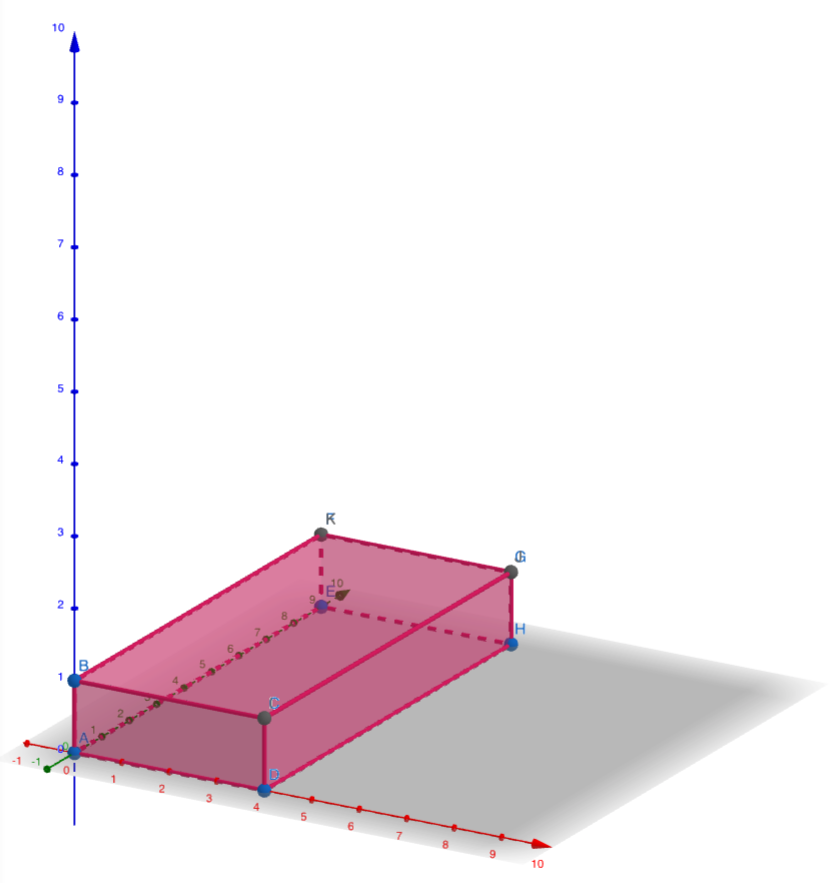
The perennial student — always adding another degree, earning another certification. And they'll tell you all about it, but you notice they never actually produce anything. They will rarely make a positive contribution.
"Balanced" — Telling = 6, Doing = 9, Practicing = 3, Total Luck = 162
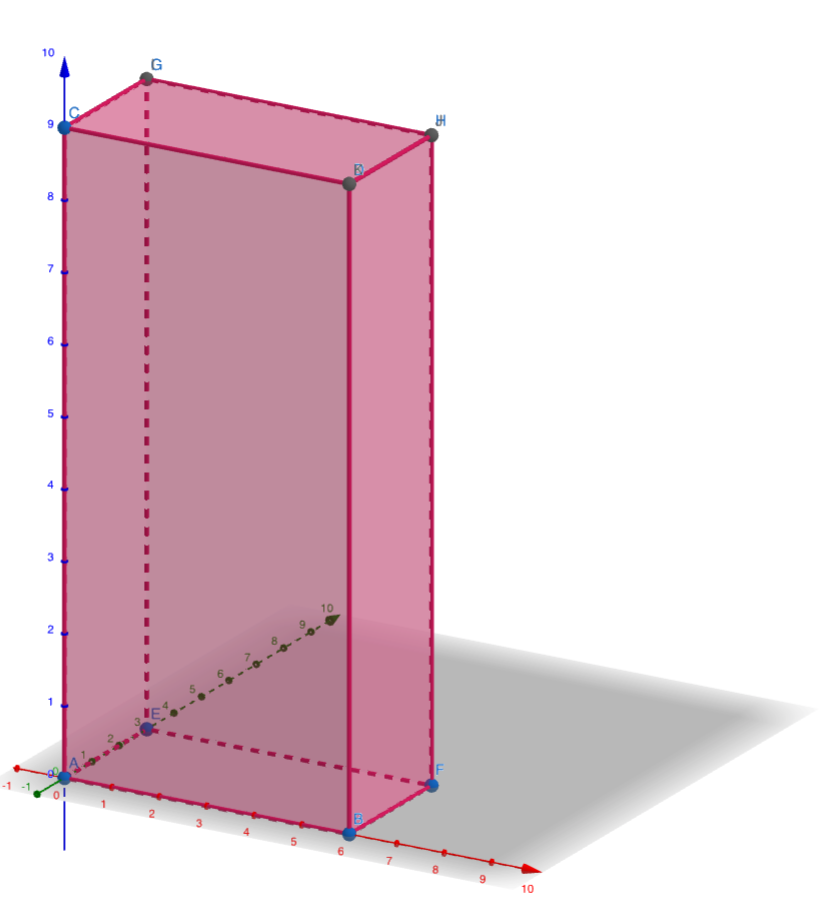
Wow! By adding some practice to the mix, we create depth in our art/science/technology/creation/performance. We have increased our luck volume significantly, by ~2–5x. And, we have a feedback mechanism — we are practicing, we are producing, we are shipping. We receive feedback from the market which we can use to find blind spots and areas to improve. Then we revise our practice, we produce with our newly up-leveled skills, we ship, we learn, and on the cycle continues.
You should practice more
Explicit, mindful, deliberate practice will increase your luck surface area / luck volume. It will up-level your skillset. It will force you to see and confront blind spots. It will give you what feel like superpowers compared to previous versions of yourself.
When you chance upon serendipitous opportunities, you will be more likely to have the requisite skills to capitalize. Your doing and telling will be enriched with a depth of meaning and skill that can't be faked.
Performing musicians and professional athletes have known this for a long time, and other disciplines would do well to follow their lead. Even if there isn't a time-tested corpus of accumulated knowledge in your domain, be creative and intentionally develop a plan of purposeful practice.
How might we apply the concept of practice to some non-traditional domains?
- Music production — a producer studies the top reverb plugins and tries to recreate reverb effects from hits in their genre
- Technology sales — a salesperson practices customer negotiations with their manager, simulating the real sales process in a safe, controlled environment
- Business startup — an entrepreneur presents their pitch deck to more experienced founders to elicit feedback on clarity, cadence, and call-to-action
Now, armed with experience and the confidence that comes with it, the professionals can re-imagine their game. They are better positioned to take advantage of serendipity when it arises — and they are more likely to notice opportunities in the first place, due to enhanced depth of perception in their field!
Where to from here
The balance of Practicing x Doing x Telling needn't be static — we could mindfully design our "portfolio" over time, adding a 4th dimension to our model of luck. Perhaps entering a new field, we prioritize Practice over Doing and Telling to start, gradually rebalancing as we build skill and fluency (e.g., 9/6/3 becomes 6/6/6 becomes 3/9/6).
We could intentionally create habits and rituals that support our deliberate practice.
We could incorporate the current shape of our Practicing x Doing x Telling portfolio in an existing visualization or journaling habit.
We could connect the 3D Luck Surface Area model with related models, like the P/PC balance, the flow channel, or the adjacent possible.
Most importantly, we should make time for explicit practice. We should be intentional when balancing our time and energy investment across Practicing x Doing x Telling. And we will be luckier for it.
Endnotes
(1) https://www.codusoperandi.com/posts/increasing-your-luck-surface-area
(2) https://www.sciencedirect.com/topics/psychology/deliberate-practice
(3) Ericsson, A. (2016). Peak: Secrets from the New Science of Expertise. HarperOne.
(4) Otherwise it is technically purposeful practice, not deliberate practice — when a person tries very hard to improve their skills, but in a domain without a clear definition of expert performance or body of accumulated knowledge.
This is essay 1 of 6 for 1729 Writers Cohort #1. Apply to 1729 today at 1729.com.
